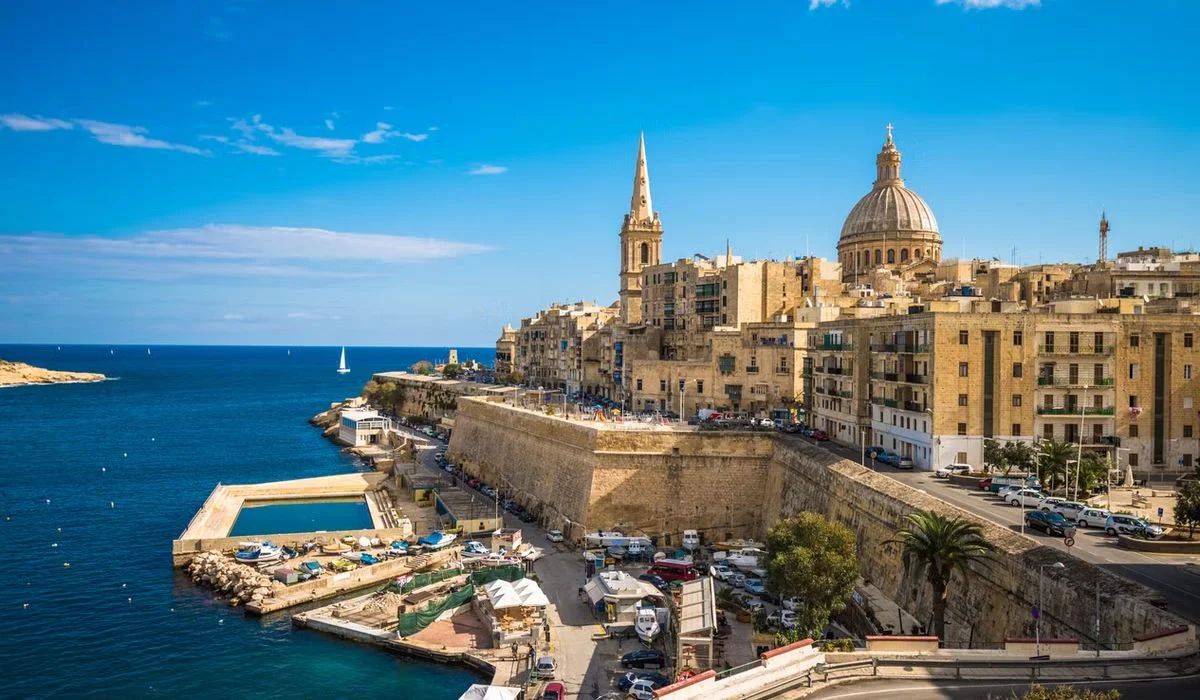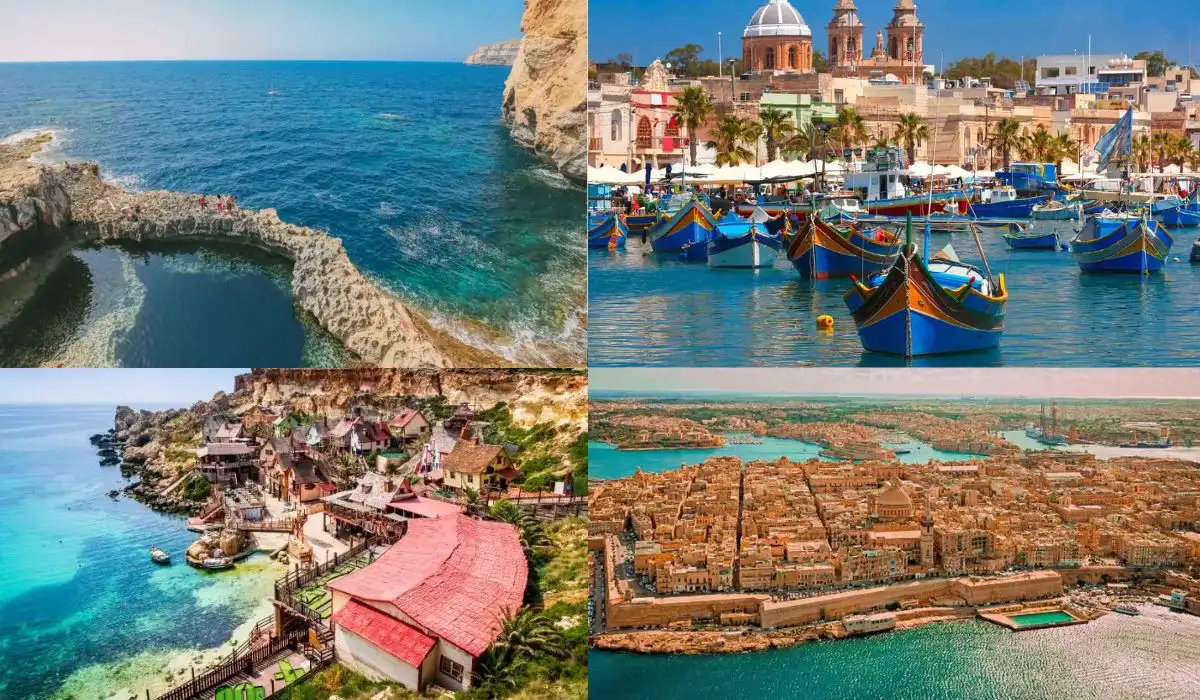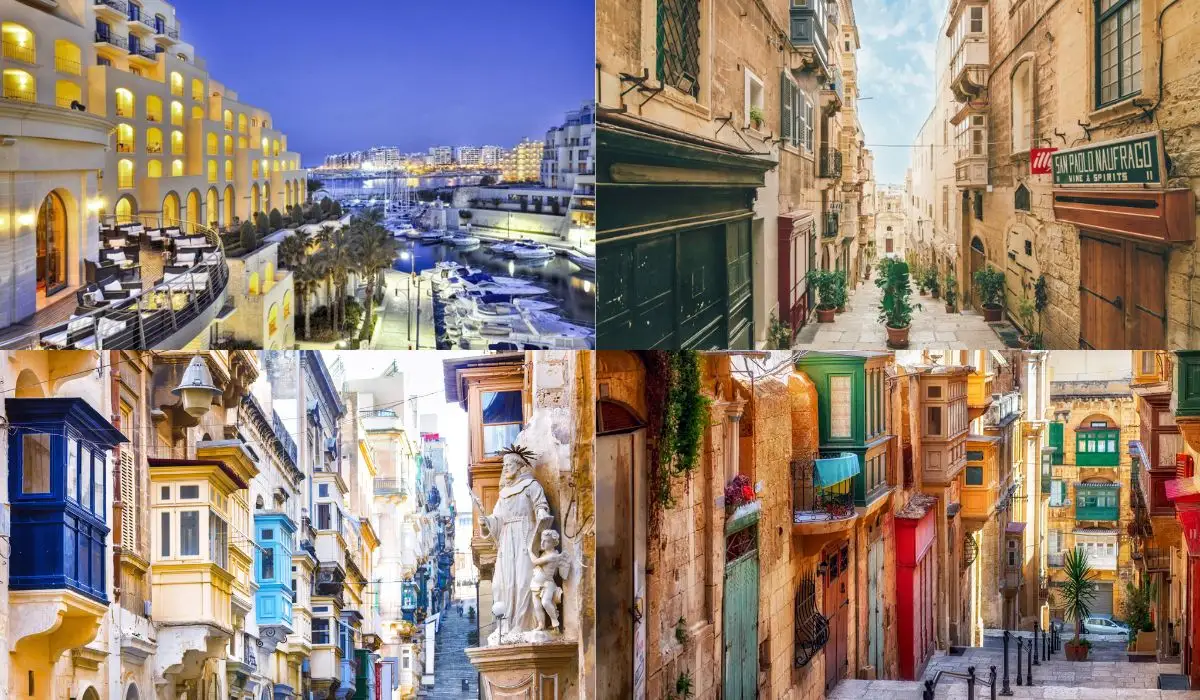Travel
Malta Travel Guide: Everything You Need To Know

A stone’s throw south of Sicily in the middle of the Mediterranean, the capital of Malta packs half a millennium of history into just over half a square kilometre. While the Phoenicians, Romans, Arabs and British all left their mark, Valletta is inextricably linked to the Knights of St John. After laying the foundation stone in 1566, the order created a fortified city filled with baroque palaces.
As the World Heritage-listed city celebrates its 450th anniversary this year, you’ll find it’s anything but staid, though. Fans of cutting-edge architecture will love Renzo Piano’s sand-coloured City Gate and angular Parliament Building, while the old opera house, left in ruins after the Second World War, is now an open-air theatre. Elsewhere, the cobblestone streets buzz with activity as Valletta prepares to become the European Capital of Culture in 2018.
Places To Visit In Malta
Located on a hilly peninsula between two of the finest natural harbours in the Med, you can easily just wander around soaking up the views. Getting lost is not easy, though, as Valletta’s streets follow a neat grid system. From the City Gate, the main drag of Republic Street runs straight to the star-shaped Fort St Elmo, not long reopened after heavy restoration, at the tip of the peninsula.

Most tourists head straight for the collonaded Upper Barrakka Gardens, which offer incredible views over the aptly-named Grand Harbour. Many don’t make it to the Lower Barrakka Gardens, a 10-minute walk away, so pull up a patch of grass under a palm tree and enjoy the views without the crowds. Across the water, the golden-hued walls of the 17th-century Fort Ricasoli may look familiar to eagled-eyed fans of Ridley Scott’s Gladiator, and more recently, Game of Thrones.
Valletta may not have any sandy beaches, but you can still find a swimming hole or two. From the Lower Barrakka Gardens, walk along Mediterranean Street past the Siege Bell War Memorial. Across from the Mediterranean Conference Centre, there’s a narrow staircase that leads down to a waterfront path. Follow the path around the peninsula and you’ll come across bays and inlets where locals sunbathe and swim. Even if you’re not into churches, it would be remiss not to visit St John’s Co-Cathedral. Commissioned in 1572, the building’s austere façade belies the extravagance within – think heavenly frescoes, glittering gold leaf and a floor covered with highly decorative marble tombstones.
Where To Eat In Malta
Like its language – an Arabic dialect written in the Latin form with strong Italian, French and Spanish influences – Maltese food is shaped by its Mediterranean neighbours and former rulers. Pasta and seafood reign supreme, while Venkata (rabbit stew) is a national dish and pastizzi (flaky pastries filled with fresh ricotta or mushy peas) are the signature street food.
For a morning espresso and piping hot pastizzi, those in the know head to Gambrinus, a no-frills café on Melita Street where the pastries sell out by 11 am. Book a table for lunch at nearby Trattoria da Pippo; the old-school Italian it doesn’t open for dinner, although they made an exception when Brad Pitt and Angelina Jolie were in town.
Follow your nose to Guze, an intimate bistro with exposed brick walls and antique chandeliers, on Old Bakery Street. The menu includes local favourites like stuffed rabbits and linguini calamari. Around the corner, keep an eye out for the bright red door of Legligin, a tiny tapas bar in a subterranean cellar on Santa Lucia Street. Owner Chris Bonnici pairs grapes with small plates such as stewed octopus. Rubino is another atmospheric cellar restaurant just off Old Bakery Street where you can enjoy homemade ravjul (ravioli) stuffed with fresh sheep’s cheese and tempting desserts like Torta tal-Marmurat (almond and chocolate tart).
Just down the street, Black Pig offers some of Valletta’s most sophisticated cuisine, with a small menu of modern French dishes from chef Andrew Borg served in historic yet funky surroundings.
For post-dinner drinks, head to nearby Strait Street. Once a notorious hang-out for off-duty sailors, today it’s home to trendy, hole-in-the-wall bars such as Trabuxu and Loop. End your night by raising a glass to Oliver Reed at The Pub on Archbishop Street. The legendary British actor spent his final night in this homely hostelry in 1999, before passing away, mid-way through filming Gladiator.
Places To Stay In Malta
Housed in a historic townhouse on Old Theatre Street, Casa Ellul () has eight gorgeous rooms that combine original features with ultra-modern design. Each room is unique; some feature a piano and hot tub, while others have roll-top baths. Choose Suites 6, 7 or 8 and you’ll have your own private rooftop terrace.

Design fans will love Valletta Vintage (vallettavintage.com) on Republic Street. Architect Chris Briffa has converted an 18th-century townhouse into an inexpensive yet beautifully designed guesthouse decorated with an eclectic mix of mid-century furniture and original artworks. There are three studios, each on separate floors, plus a communal kitchen and roof terrace.
Close to Fort St Elmo, Trabuxu Boutique Living () is another boutique bolt-hole full of character. Located in a 350-year-old palazzo with an inner courtyard, the four-star hotel has nine rooms with honey-coloured walls and bright furnishings.
Insider Shopping Tips In Malta
- NO. I Studio on Republic Street is the city’s best design store. Head here for contemporary furniture, sculpture, art, and clothing.
- Valletta is home to a great vintage store Blush & Panic. You’ll find it on Melita Street, opposite Trattoria da Pippo.
- Malta is known for its filigree jewellery; the best place to buy in Valletta is The Silversmith’s Shop, a family-run workshop on Republic Street.